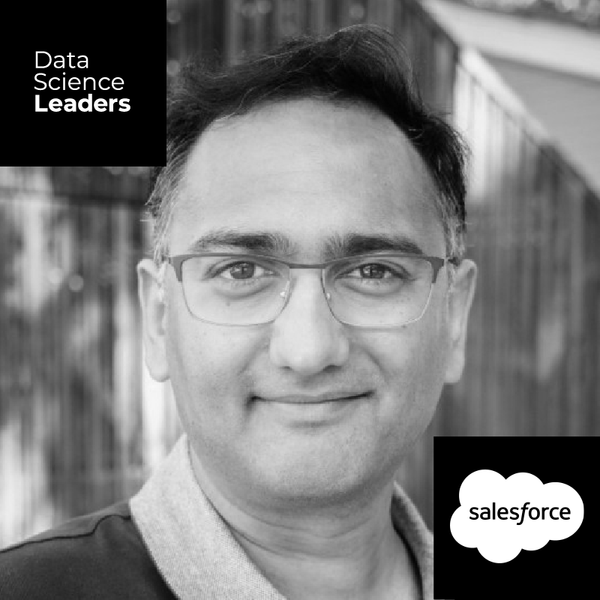episode 27
Scaling Data Science Value with Cross-Functional Teams
Data Science Leaders | 37:17 | November 10, 2021

Listen how you want
Get new episodes in your inbox
To embed models into SaaS platforms at scale, it pays to have a cross-functional team—software engineers, UX designers, data scientists, machine learning engineers—all working together.
That collaboration allows you to tackle hard challenges around scaling models to work across hundreds of thousands of customers. And it enables you to build something that offers tremendous value across many different use cases.
Jayesh Govindarajan, SVP Data Science & Engineering at Salesforce, joins the show to share how his team makes this a reality. Plus, he talks about the priceless value of customer feedback and the three areas where data science teams should focus their efforts.
We discuss:
- Arriving at data science from a pure engineering background
- Why telemetry is no substitute for customer feedback
- Tips for embedding models into a SaaS product
- The three pillars of work for a data science team
Popular episodes

James Cham
Partner, Bloomberg Beta
EPISODE 71April 11, 2024
Unlocking the disruptive potential of generative AI: a VC perspective
Listen Now | 28:49
Volodimir Olexiouk
Director of Scientific Engagement and Data Science Team Lead, BioLizard
EPISODE 70March 28, 2024
Overcoming the data challenges of AI-driven drug discovery
Listen Now | 36:49
Rahul Todkar
Head of Data and AI, Tripadvisor